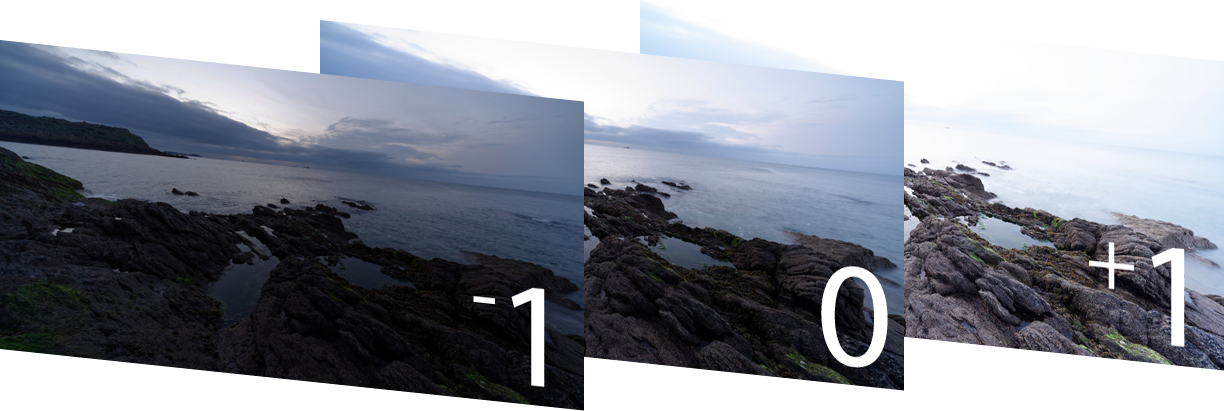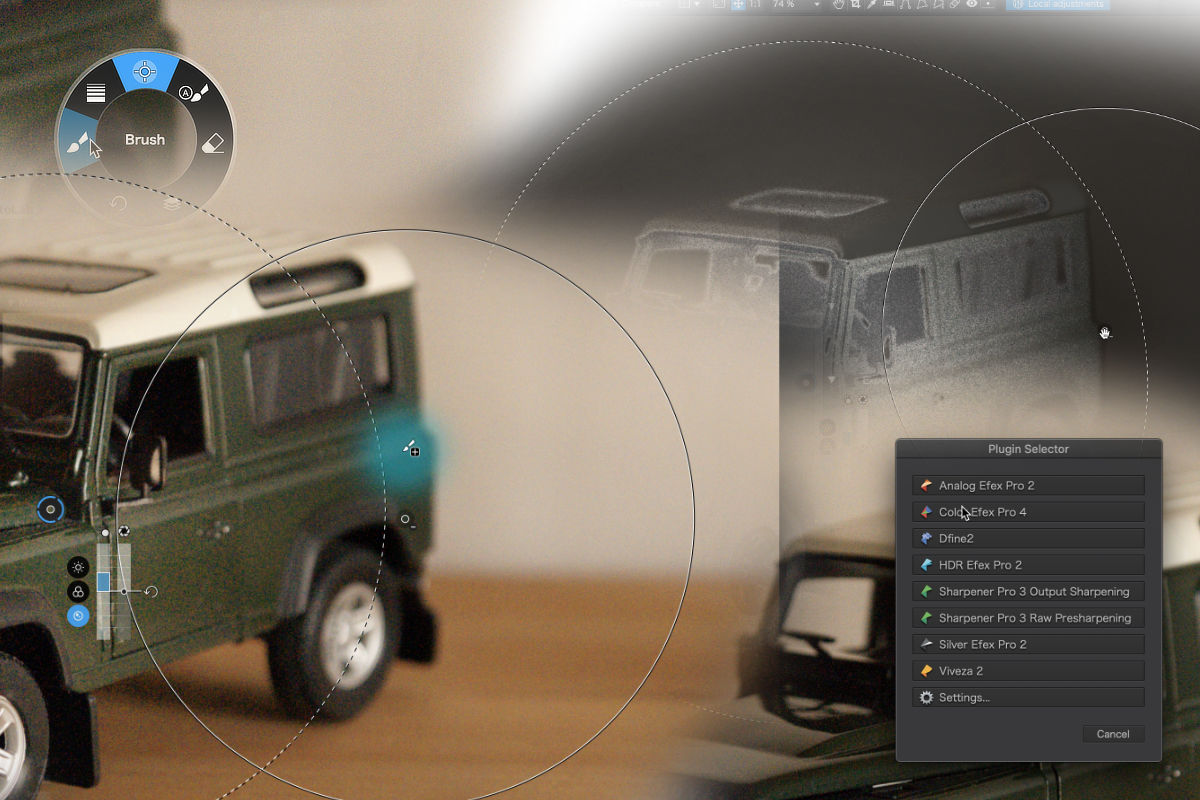
The other sliders work quite similar to other programs. But I'm actually thinking about buying Photomatix Essentials, just because it is so much easier and faster to get the natural resultįor natural looking images in HDR Efex try this (I hope, I got the terms correct): But since I use HDR Efex much longer, I can achieve nearly similar results with HDR Efex AND it has much more tools for further changes. It is easier to get a natural result with Photomatix. The Pro version would cost 85 EUR, which is too much for me. I used the Essentials version, because if I want to buy it, it is about 35 EUR. I did some tests of my own the last days and compared Photomatix Essentials with HDR Efex. I for one, would love to see not only a native ACDSee HDR tool, but a focus stacking tool as well! Maybe ACDSee Ultimate V11 or V12 will have its own set of composite tools. But I believe Photomatix the superior product for a newbie, and I believe, the superior product for ACDSee users.

And most importantly, to me, at least was that Photomatix was able to use my orf raw images directly, while NIK HDR Efex has no raw capability, meaning that I had to convert the raw images to tif or jpg without editing.Īs I said in the article, NIK HDR Efex is probably the best free tool out there right now, and if I hadn't already bought Photomatix I probably would have just used NIK HDR Efex. And most certainly, Photomatix was MUCH easier to integrate with ACDSee. However, I felt that Photomatix was easier, overall, to get the results I wanted. I have no doubt that more practice would make me much more skillful in using either product, Then, I started over in an attempt to produce a photo I liked. I wanted to get a feel for the process,and a feel for the places in the process where the sort of changes I wanted to make made the most sense. My first pass was to create an HDR image without regard to the output. What I did with both products was a 2 step process. Ideally, I would get my test image from each tool to look as closely as possible to each other. My goal in the test was to produce as natural a composite image as possible. It was not meant to be a definitive and exhaustive 'shootout' between the two. I consider what I did in that article was to compare the two products from the perspective of a 'newbie'. As I said in my article, I was/am a newbie at HDR photography and my level of expertise was roughly at the same level for both products. But I don't know, what you did in HDR Efex.


In your example Photomatix clearly won the competition. Maybe your testimage had the potential to show the weaknesses of HDR Efex. But if you get used to it, the results are getting better. HDR Efex creates not very natural looking images.


 0 kommentar(er)
0 kommentar(er)
